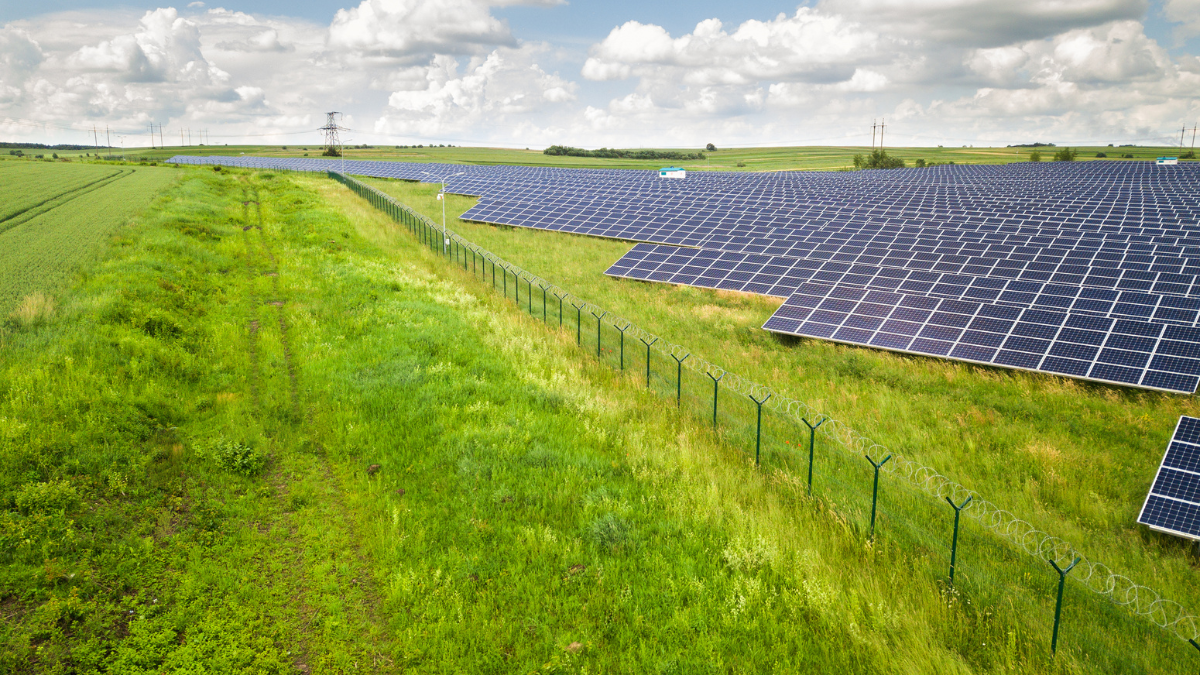
Nepal’s agricultural sector supports 62% of its population and contributes around 24% to its gross domestic product. However, challenges such as climate change, migration of the youth workforce, and poor energy access limit its growth. In particular, farming practices remain heavily reliant on manual labor and diesel-powered machinery. The International Renewable Energy Agency (IRENA), with support from the Government of Nepal and its agencies like the Alternative Energy Promotion Centre (AEPC) and the Ministry of Agriculture and Livestock Development (MoALD), conducted a study to explore how decentralized renewable energy (DRE) can boost productivity, reduce emissions, and improve resilience in agriculture.
The study focused on four major agri-food value chains: maize, apples, fish, and millet. These crops were selected based on food security importance, nutritional value, and potential for mechanisation. The research found that introducing DRE-powered technologies such as solar water pumps, dryers, cold storage, and mini-grids can help reduce the sector’s dependence on diesel and provide more reliable and cleaner energy access.
Maize is the second most cultivated crop in Nepal. In Dang district, it was found that 44% of maize-processing equipment, like shellers, dryers, and water pumps, can be powered using DRE solutions. Replacing fossil fuel usage with DRE in the maize value chain alone could offset around 120 million kilowatt-hours (kWh) of fossil-fuel-based energy annually. The estimated investment needed for this transition is USD 87 million, with a potential reduction of 206,722 tonnes of CO₂ equivalent across all crops evaluated.
Apple farming in the mountainous district of Jumla shows similar potential. While equipment like graders and juice makers currently run on diesel generators due to unreliable grid supply, these can be switched to solar-powered systems. DRE interventions in apple farming could help reduce 41% of fossil fuel use with an investment of about USD 1.1 million.
Fish farming, mostly based in the Terai region, heavily relies on continuous power for water circulation and aeration. Due to power outages, many farms use costly and polluting diesel generators. Introducing solar-powered water pumps and dryers for fish processing could reduce 42% of fossil fuel usage with an investment of USD 1.2 million.
The study also identified millet farming in hilly regions as having moderate potential for DRE application. Equipment like threshers and mills could be upgraded using renewable energy sources, although the market potential is lower compared to the other crops. For millet, the investment needed to shift to DRE is around USD 24 million.
The study emphasized the importance of government coordination and long-term planning. It is recommended that joint efforts be made between MoALD and the Ministry of Energy, Water Resources, and Irrigation to ensure integrated planning and budget allocation. Awareness campaigns and training for farmers, especially women, were also highlighted as key to successful adoption. Involving women in the design, decision-making, and maintenance of DRE systems could not only improve livelihoods but also promote gender equality.
To make DRE interventions sustainable, the study calls for stronger business models and financing mechanisms. It suggests focusing on enterprises that serve many farmers and encouraging community-level installations over individual systems. This would ensure better operational viability and long-term impact.
Integrating decentralized renewable energy solutions in Nepal’s agriculture can significantly improve productivity, reduce greenhouse gas emissions, and promote inclusive economic development. With targeted investments and supportive policies, the transition to cleaner energy in farming can become a reality over the next five years.
Related
Source link



